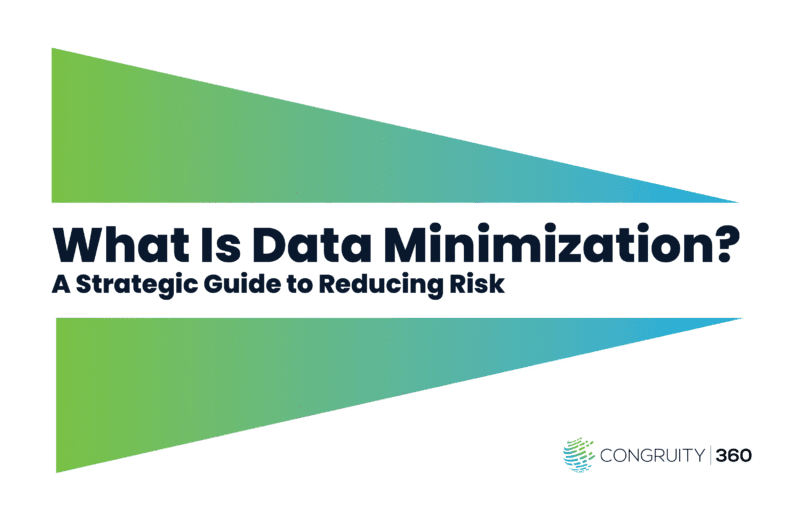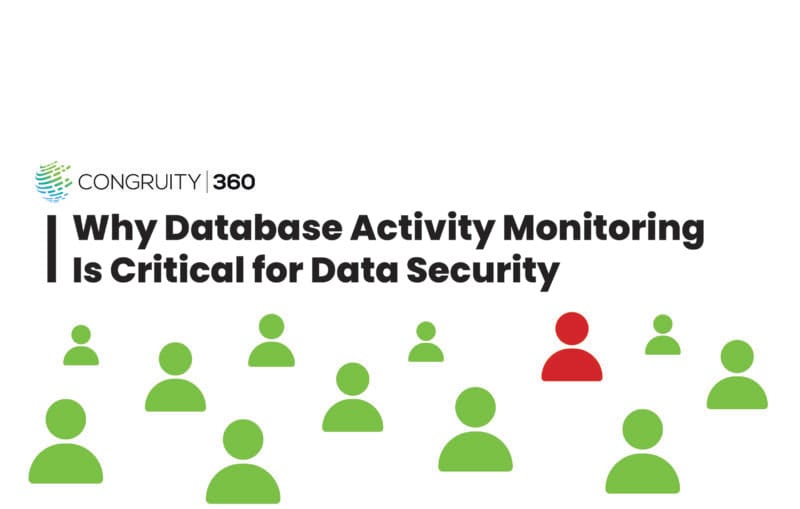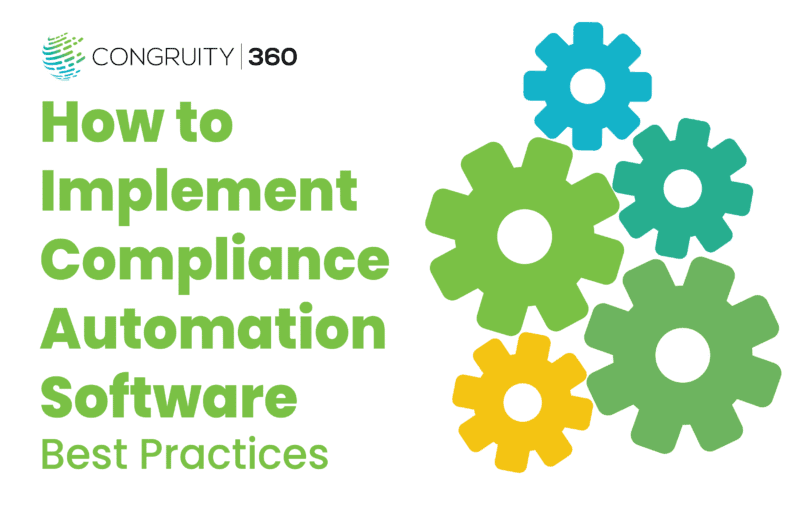Knowing who can access your sensitive data is fundamental to security, yet many organizations lack a clear picture. Identity and access management (IAM) tools show you the “who,” and data loss prevention (DLP) tools monitor the “what,” but a critical gap remains between them. You can see user permissions and you can see data activity, but can you see both in context? This is the visibility problem that Access Intelligence solves.
Access Intelligence provides analytics that map who has access to what data, why they have that access, and how they are using it. It connects user identities to the data they can interact with, offering the context needed to manage access risks effectively. By integrating with existing identity governance and administration (IGA) tools and access dashboards, it provides a unified view that helps you move from simply managing permissions to truly understanding and mitigating risk.
It’s important to clarify that this concept of Access Intelligence is distinct from the media and business information company of the same name. In the context of data security, it is a specific discipline focused on providing deep analytical insights into data access patterns across your entire organization.
How Access Intelligence Differs From DAG & DSPM
The cybersecurity market is filled with acronyms, and it’s easy to get lost. Two terms often associated with data protection are Data Access Governance (DAG) and Data Security Posture Management (DSPM). While related, Access Intelligence offers a unique and complementary capability.
- Data Access Governance (DAG) tools focus primarily on managing and auditing access to structured and unstructured data repositories. They are effective at controlling permissions on file shares, SharePoint sites, and databases. However, they often lack deep insight into the content of the data itself or the full identity context of the user.
- Data Security Posture Management (DSPM) solutions are designed to discover and classify sensitive data, primarily within cloud environments. They excel at identifying where your sensitive data lives and highlighting potential security exposures like public S3 buckets or misconfigured databases. Their focus is on the data’s posture, not necessarily the granular activity and identity relationships surrounding it.
Access Intelligence bridges the gap between these two worlds. It provides unified visibility across both your IAM and data ecosystems. By correlating user identity and entitlements with deep data context—knowing what is inside the files—it answers the critical questions that DAG and DSPM tools often can’t on their own. Questions like: “Which marketing users have access to financial forecast documents?” or “Is this developer’s access to production customer data normal and necessary?”
The Missing Ingredient: Unstructured Data Context
Many access control decisions fail because they lack one crucial ingredient: context about the unstructured data itself. An access request for a folder named “Project Titan” tells a manager very little. Is it a low-risk marketing plan or a highly sensitive M&A strategy document? Without knowing what’s inside the files and shares, enforcing the principle of least privilege becomes guesswork.
The challenge is magnified by the sheer volume of unstructured data, which now accounts for over 80% of all data collected globally. This data—residing in documents, presentations, spreadsheets, and emails—is where some of the most significant risks lie.
Congruity360’s platform is built to solve this problem by discovering, classifying, and normalizing unstructured data at scale. Our technology scans repositories to understand the “DNA” of your data. It identifies sensitive information like PII, PHI, and intellectual property, classifies it based on its business context, and normalizes metadata to create a consistent, searchable index. This enriched data context is the foundation of effective Access Intelligence.
A Practical Framework for Access Intelligence
Implementing Access Intelligence is a strategic initiative that builds a more resilient security posture. A practical framework for achieving this involves three core steps:
- Discover and Classify Unstructured Data: The first step is to gain visibility into your unstructured data landscape. Deploy tools to scan your on-premises file servers, cloud storage, and collaboration platforms. The goal is to create a comprehensive inventory of your data and classify it based on sensitivity and business value.
- Map Identities to Data Sensitivity: Once you know where your sensitive data is, you can map user identities and access permissions to it. This step connects the dots between your IAM system and your data repositories, showing you precisely who has access to what. You can identify high-risk areas, such as overly permissive “Everyone” groups with access to regulated data.
- Enforce Least Privilege and Monitor Activity: With a clear map of access rights, you can begin enforcing a model of least privilege. Revoke unnecessary permissions, streamline access request workflows based on data sensitivity, and implement continuous monitoring. Access Intelligence platforms allow you to track user activity, detect anomalous behavior, and generate alerts for potential insider threats or policy violations.
Key Use Cases for Access Intelligence
The insights gained from Access Intelligence support several critical security and compliance functions:
- Audits and Certifications: Providing evidence for compliance with regulations like GDPR, CCPA, and HIPAA is a major challenge. Access Intelligence simplifies this by generating detailed reports that show exactly who has access to regulated data, complete with logs to prove that access is appropriate and monitored.
- Insider Risk Management: Malicious or negligent insiders are a leading cause of data breaches. By analyzing access patterns and user behavior, you can establish a baseline of normal activity. When a user’s behavior deviates from this baseline—such as accessing sensitive files outside of normal working hours—the system can flag it as a potential insider risk, enabling proactive investigation.
- AI Governance: The rise of generative AI introduces new data risks. Organizations need to control which datasets are used for training AI models to prevent the leakage of sensitive information. Access Intelligence allows you to identify and ring-fence sensitive data, ensuring that only approved, non-sensitive data is fed into AI training pipelines.
Getting Started in 30 Days
Embarking on an Access Intelligence journey doesn’t require a months-long, resource-intensive project. You can achieve meaningful results quickly by taking a targeted approach.
A practical first step is to use a tool like Congruity360’s Instant Insights to perform a rapid scan of your highest-risk data repositories. This could be a file share containing financial data or a SharePoint site used by your legal team. In just a few hours, you can get a snapshot of your access risk posture in that specific area.
From there, you can launch a pilot program focusing on a few key repositories. Define clear Key Performance Indicators (KPIs) to measure success, such as the reduction of excessive permissions or the number of stale data files identified and remediated. This pilot will not only deliver immediate risk reduction but also build a compelling business case for a broader, enterprise-wide rollout of your Access Intelligence strategy.
From Data Management to Data Intelligence
Managing data access is no longer enough. To effectively combat modern cyber threats and meet stringent compliance demands, security leaders must move toward a model of true data intelligence. By understanding the context behind who is accessing what data and why, you can make smarter, risk-informed decisions. Access Intelligence provides the framework and technology to close the visibility gap between your users and your data, empowering you to protect your organization’s most valuable assets with confidence.





